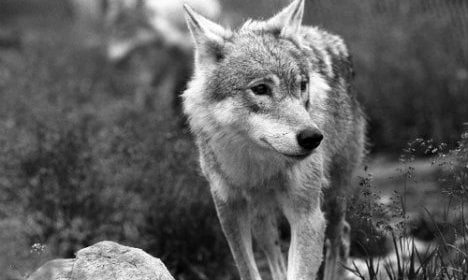The wolves, whose natural habitat in Norway is in the southeastern region, including parts of the Hedmark, Akershus, Oslo and Østfold counties, are said to be as low as 30 in number.
Although much of their habitats in these regions falls within protected areas, the Norwegian government issues licences to hunt wolves outside of these zones. Licences are issued before the beginning of the October–March hunting season each year.
The total number of such registrations made in 2015 was 11,571, according to the Association of Fishing and Hunting (NJFF). This represents an increase on the figure recorded by the NJFF for the 2013–14 season – which was just under 10,000.
Norwegian policy currently supports hunting as a method of controlling population and protecting livestock and the pursuit is still as an important Norwegian tradition in some sections of society. However, NJFF’s project leader for wolf observation Petter Wabakken recently told British newspaper The Guardian that the current population of only three breeding females in Norway’s protected areas is not enough to sustain a population. The existing populations are also threatened by illegal hunting, Wabakken said.
Despite the apparent dangers from hunting faced by wolves, the NJFF on Friday published an optimistic report of litter numbers in the protected areas, estimating “at least three Norwegian litters born this year – possibly as many as six”.
The uncertainty over the NJFF figures comes from incomplete data on the extent to which the wolves observed in Norway migrated from forest areas on the other side of the Swedish border. Whether the litters are “completely Norwegian” – and can thereby contribute to government targets for conservation – can be clarified by DNA testing, Wabakken told the NJFF.
Should any of the litters turn out to be Swedish, however, there is still a silver lining for Norwegian wolves. Permanent migrations, particularly of adult male wolves, from Sweden to Norway are likely to make significant contributions to the gene pool, Øystein Flagstad of wildlife data agency Rovdata told NRK earlier this month, after one such Swedish male was spotted close to the border.



 Please whitelist us to continue reading.
Please whitelist us to continue reading.